Deepavali Dive
 November 11, 2015
November 11, 2015
What better way to spend the holidays than with a dive into Singapore waters! Deepavali, or Diwali, is a festival celebrated by Hindus with lights, food and mandalas! It’s a colourful time of the year, just like our coral reefs! This post is accompanied by photos by Koh Kwan Siong and Heng Pei Yan, who were a group of intrepid divers that visited Pulau Hantu yesterday! Above: A school of anchovies (Stolephorus sp.) gather near the reef flat. Thanks to Shannon Lim and Dr. Zeehan Jaafar for helping with the identification!
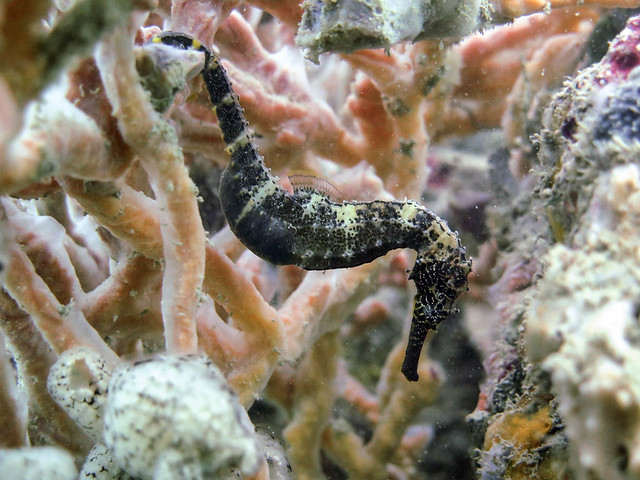
With the more than favourable visibility and the beautiful waters that we expect this time of year, there were many fishy encounters such as this Tigertail seahorse that was clinging on to a pink branching sponge.
Yellowtail barracuda can often be found schooling in the shallow reef flats. They are quite motionless during the daytime. Perhaps they hunt at night.

Not all fish like to hide in the coral. Some fish like this goby prefer to use coral rubble and sand to make their burrow. Some sandy patches around Pulau Hantu may seem barren (of coral) but are actually full of cryptic critters!
There are dozens of species of wrasses that can be found in Singapore reefs. They are especially hard to identify and even harder to photograph because they are fast and agile!

Eight-banded butterfly fish are often found hiding within coral and can even be spotted in our intertidal shores! The juveniles are just miniature versions of adults!
One of the most common butterflyfish found on our reefs and often found in pairs are these Long-beaked butterflyfish. Do they pair for life? We don’t yet know, but we do know that they are indicators of a healthy reef because they feed on coral polyps (young coral). The more of these butterflyfish we have, the healthier of reefs are as this means there are lots of coral polyps for them to feed on.

Six-banded angelfish are one of the most beautiful fish you are likely to encounter on our reefs. They can grow quite large, and the juveniles have a different body pattern from the adults. Angelfish members of the Pomacanthidae family are omnivores that feed on both marine plants and animals, but a large number of species lean towards being more herbivorous. These fish are constant nibblers and grazers. While many prefer to eat macro and filamentous type algae, some others prefer micro algae, or diatoms. Most all feed on small crustaceous marine life, but there are some species that are solely live sponge feeders [1].
When boxfish are young, tey can be quite flat. They get boxier as they get older. Found singly on rocky reefs and estuaries on sandy slopes with mixed sponge and weeds, boxfish feed on invertebrates and worms. Their bodies of Boxfish are covered in a toxic mucus which can be released when stressed [2]. This one is blending in quite well with the silt-covered barrel sponge. 
Other creatures that fancy being around sponges are these sea cucumber that fervently search for detritus on the surface of the sponge.
Looks like a small coral colony, but the antennae are a give away that this is a nudibranch! 
Not many people pay much attention to sea urchins, but they are very important inhabitants on our reef. Urchins are key grazers and bioeroders (that is, some of the processes they are involved in help break down the calcareous skeletons of reef building species), and their long spines provide shelter and protection for small fish and invertebrates. Urchins, along with large herbivorous fishes, help “graze down” the turf algae and macroalgae that compete with corals for precious reef space. When urchins are present in optimal numbers, they help maintain a balance between coral and algal growth [3].
Icon seastars are one of the threatened animals on our reef. They are harvested for the aquarium trade and are impacted by coastal development. It is not commonly found in the region. 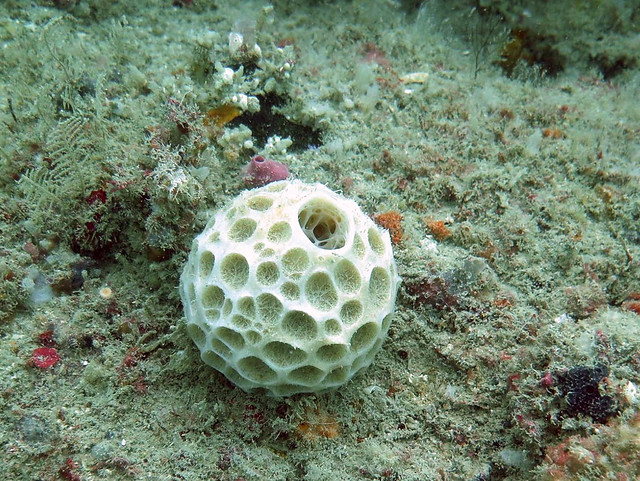
Sponges come in all shapes and sizes! From barrels to branches and balls!
Goldengirdled coralfish are shy and less frequently encountered on our reefs. This is a rare and beautiful photo of the fish! 
The Streaked spinefoot is a very important food fish for many communities throughout the region.
These Speckled goatfish has some place to be in a hurry! 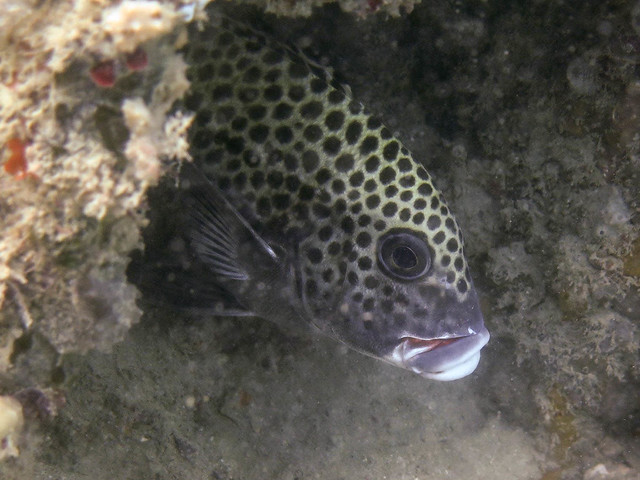
Harlequin sweetlips feed on invertebrates, and are another indicator species for the health of our reefs.
A rare and beautiful shot of a Blue-tailed dartfish (right) with shrimp and shrimp-goby. The dartfish doesn’t build its own burrow, instead it often shares burrows with other gobies. We’re not sure if it helps out with any of the “housework” but as the dartfish usually hovers over the burrow, while the shrimp goby stays on the seabed, it could be that the dartfish serves as another pair of eyes that can see further over the horizon, and is useful to the shrimp goby as a lookout. 
Similar to the barracuda, Silver moonies often school close to the reef flat and can be a delight to encounter when they swarm around you!
Another one of the several species of gobies that can be found on our reef. 
A closer look at the shrimp goby and its hardworking shrimp.
Filefish are not only able to change their colour, but that can also change the texture of their skin, much like cuttlefish! 
Sanddivers rarely sit out the in the open like this, often preferring to be partially buried. It could be that the good visibility means that the fish are comfortable enough to rest on the sand because they are able to spot predators from far away.

Pulau Hantu will reward the patient diver who is open to exploring the nooks and crannies along the reef. This beautiful and delicate White snapping shrimp on ball flowery soft coral was spotted by Heng Pei Yan. Who knows what else might be hiding amongst the corals in our reef? Join us for a dive to find out!
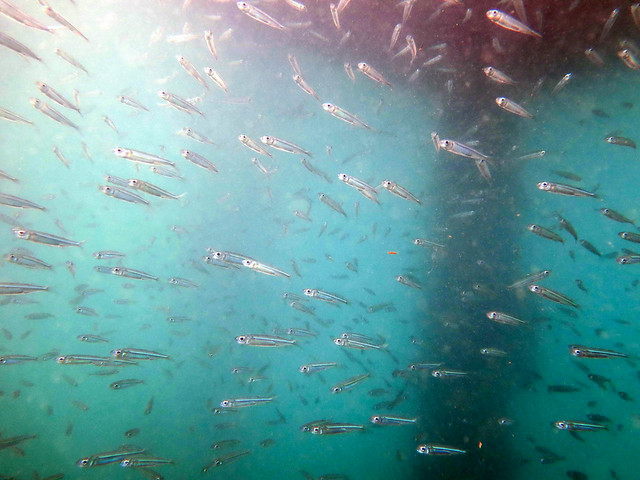










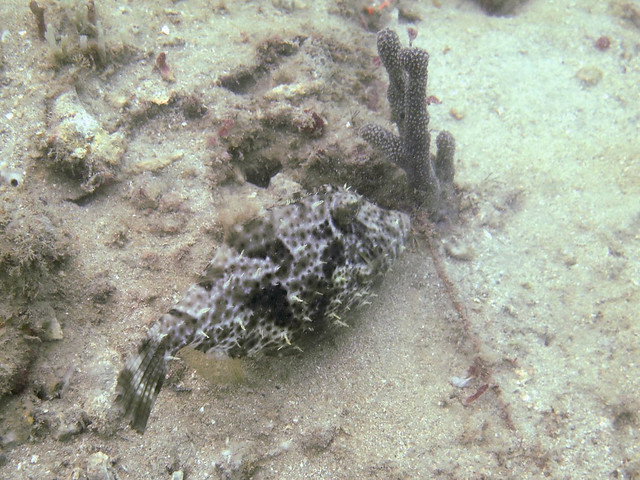
 Posted in
Posted in 



 content rss
content rss
COMMENTS